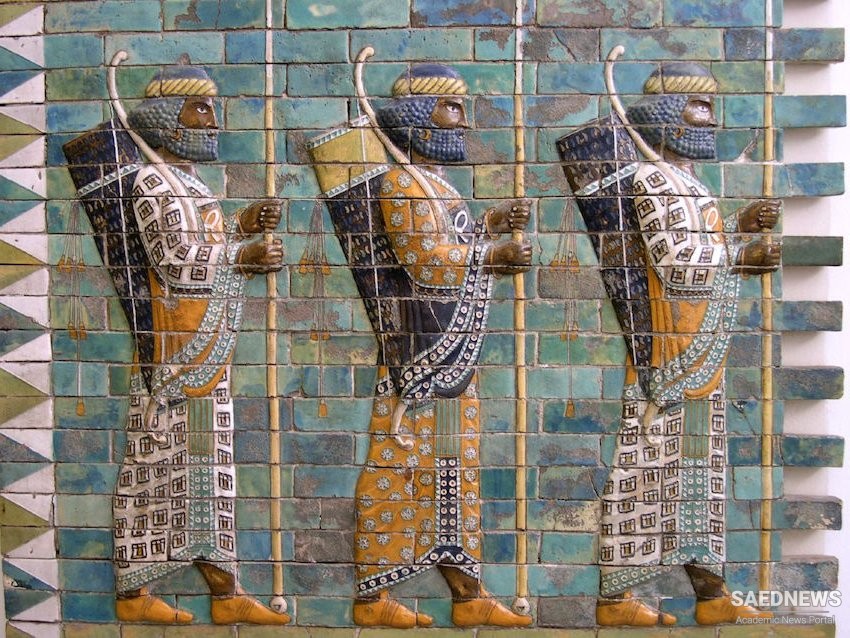The normal pattern of government during Elamite era was that of an overlord ruling over vassal princes. In earliest times the overlord lived in Susa, which functioned as a federal capital. With him ruled his brother closest in age, the viceroy, who usually had his seat of government in the native city of the currently ruling dynasty. This viceroy was heir presumptive to the overlord. Yet a third official, the regent or prince of Susa (the district), shared power with the overlord and the viceroy. He was usually the overlord’s son or, if no son was available, his nephew. On the death of the overlord, the viceroy became overlord. The prince of Susa remained in office, and the brother of the old viceroy nearest to him in age became the new viceroy. Only if all brothers were dead was the prince of Susa promoted to viceroy, thus enabling the overlord to name his own son (or nephew) as the new prince of Susa. Such a complicated system of governmental checks, balances, and power inheritance often broke down, despite bilateral descent and levirate marriage (the compulsory marriage of a widow to her deceased husband’s brother). What is remarkable is how often the system did work; it was only in the Middle and Neo-Elamite periods that sons more often succeeded fathers to power (Source: Britanica).


 Striding Figure with Ibex Horns: Pre-Elamite Culture
Striding Figure with Ibex Horns: Pre-Elamite Culture














































